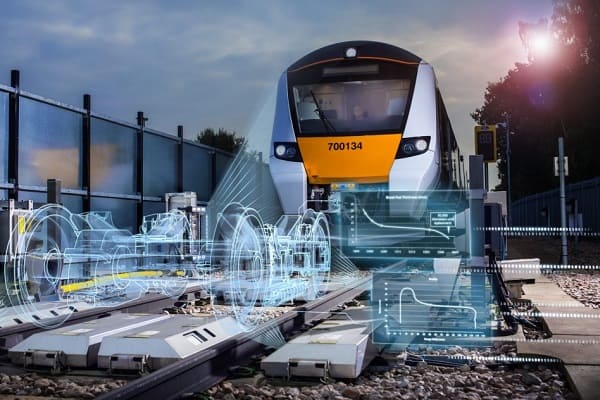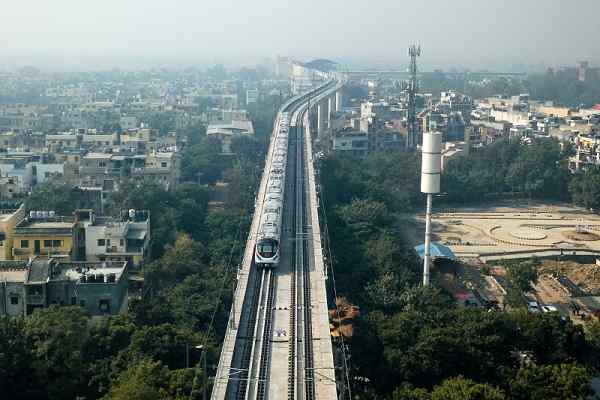 RailTel signs MoU with South African Firms to expand Railway Technology Business
RailTel signs MoU with South African Firms to expand Railway Technology Business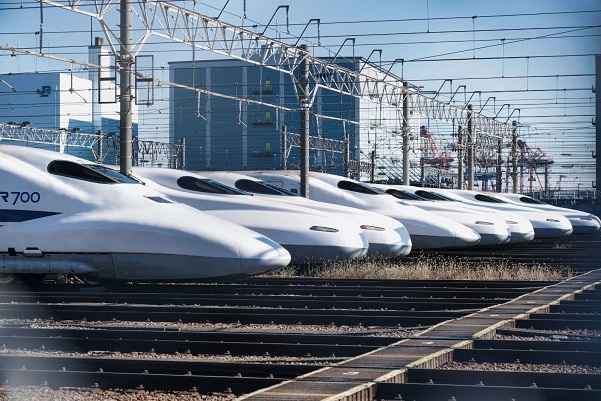 Latest updates on Sabarmati Rolling Stock Depot of Mumbai-Ahmedabad Bullet Train Project
Latest updates on Sabarmati Rolling Stock Depot of Mumbai-Ahmedabad Bullet Train Project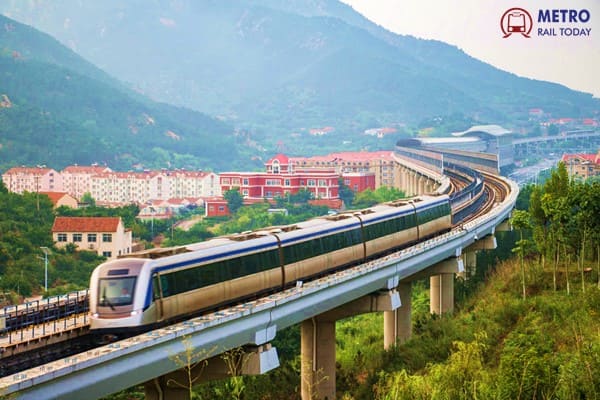 Route survey commences for ₹6,225 crore Bhubaneswar Metro Rail Project
Route survey commences for ₹6,225 crore Bhubaneswar Metro Rail Project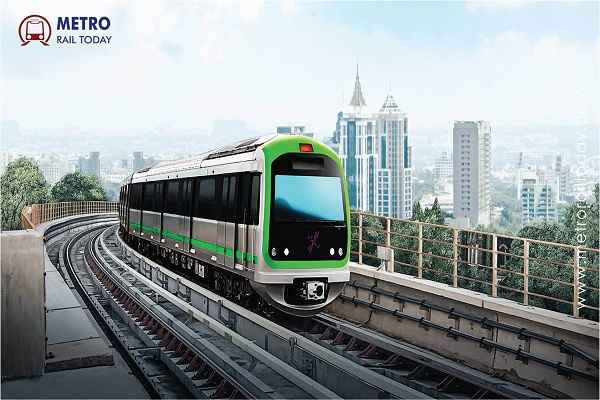 Eight firms bid for feasibility study of Bengaluru's Madavara-Tumakuru Metro Corridor
Eight firms bid for feasibility study of Bengaluru's Madavara-Tumakuru Metro Corridor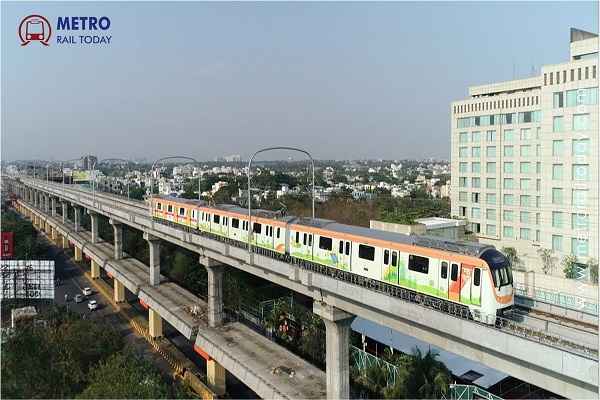 Two firms bid for Track Work Contract of Nagpur Metro Phase 2
Two firms bid for Track Work Contract of Nagpur Metro Phase 2 Derailing Integrity: Corruption Claims Hit Delhi Metro's Top Management
Derailing Integrity: Corruption Claims Hit Delhi Metro's Top Management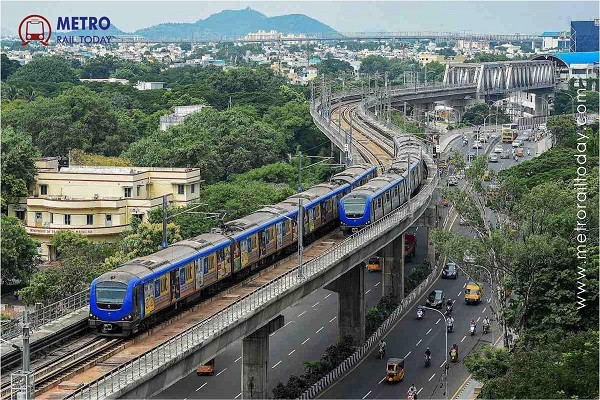 Six firms bid for DPR Consultancy for Chennai Metro's Koyambedu – Avadi Metro Line
Six firms bid for DPR Consultancy for Chennai Metro's Koyambedu – Avadi Metro Line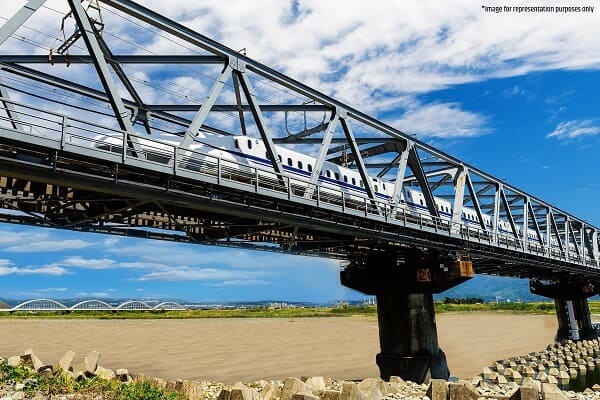 100-meter-long steel bridge launched on Mumbai-Ahmedabad High Speed Rail Corridor
100-meter-long steel bridge launched on Mumbai-Ahmedabad High Speed Rail Corridor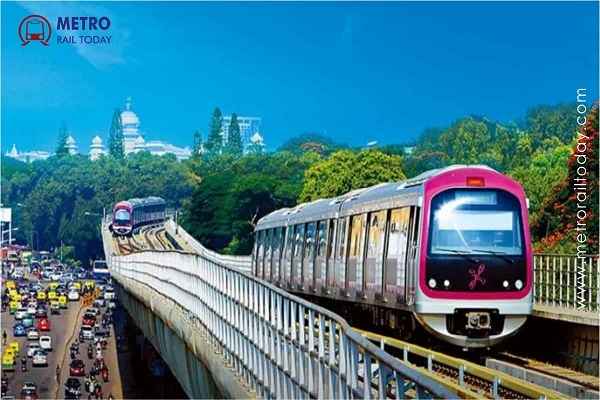 Bangalore Metro achieves record profit of ₹130 Crore in FY2023-24
Bangalore Metro achieves record profit of ₹130 Crore in FY2023-24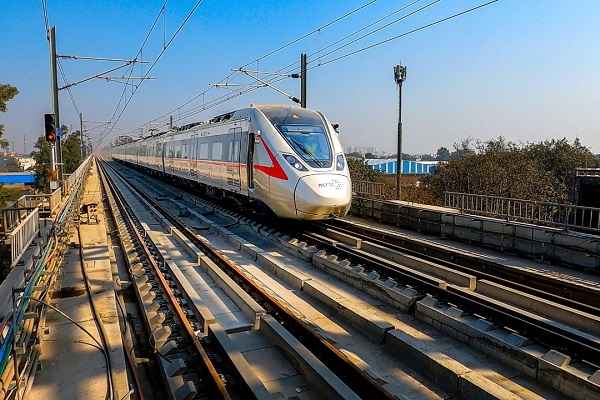 CEG Test House wins Geotechnical Investigation contract for Delhi-Dharuhera RRTS Project
CEG Test House wins Geotechnical Investigation contract for Delhi-Dharuhera RRTS Project
Unlocking the Future: Embracing FRMCS in Railway Communication
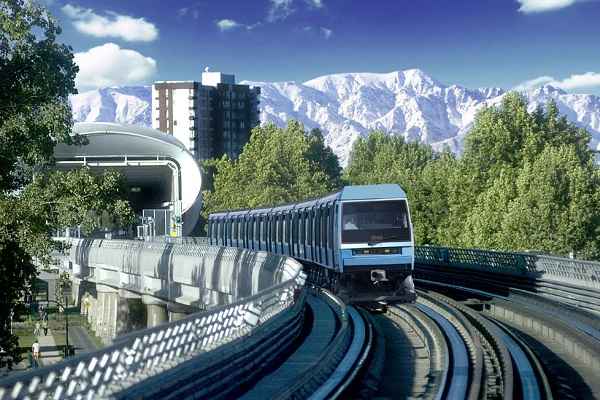
The realm of railway communication is on the verge of a transformative shift as the industry steers away from the traditional GSM-R technology towards the Future Railway Mobile Communication System (FRMCS). This groundbreaking transition is fueled by the ever-evolving technological landscape, the obsolescence of 2G GSM technology, and the escalating demands of modern rail systems.
Embracing FRMCS: A Technological Leap
The FRMCS, rooted in 5G technology, stands as a beacon for reliable and low-latency mission-critical communications in the railway sector. With a primary focus on delivering high capacity, top-notch performance, and enhanced reliability, FRMCS emerges as a catalyst for optimizing operational costs.
Global Collaboration for Innovation
The International Union of Railways (UIC) takes the lead in steering the FRMCS initiative, collaborating with key organizations such as the European Telecommunications Standards Institute (ETSI), 3GPP, ERA, UNIFE, and ITU. This collaborative effort underscores the industry's commitment to ushering in a new era of railway communication.
Advantages Galore: FRMCS Unveiled
The adoption of FRMCS brings forth a myriad of advantages that extend beyond traditional communication boundaries:
-
Enabling IoT and Machine-Type Communication: FRMCS paves the way for supporting massive and critical machine-type communication, fostering the growth of the Internet of Things (IoT) within the railway ecosystem.
-
Enhanced Data-Driven Systems: A move towards more intelligent and data-driven railway systems marks a significant stride in operational safety, performance, and efficiency.
-
Decarbonization and Sustainability: FRMCS supports the industry's commitment to decarbonization through the integration of smaller, lighter, and energy-sustainable solutions.
-
Reliability and Security: With a high redundancy design aiming for approximately 99.99% reliability, FRMCS meets the stringent security and reliability requirements of railway services.
-
LTE Broadband Technology: Leveraging LTE broadband technology, FRMCS supports up to 100 Mbps data transmission, enriching railway applications with intelligent management, intrusion detection, precise positioning, and status monitoring.
Challenges on the Horizon
While the advantages of FRMCS are substantial, the railway industry faces several challenges on the path to its adoption:
-
Migration Planning: A robust migration plan is imperative to avoid substantial investments in sustaining the end-of-life GSM-R until 2030.
-
Evolving Technical Specifications: The technical specifications for FRMCS are still evolving, with V2 expected in Q2 of 2024, posing challenges in aligning with the rapidly commercialized 5G technology.
-
Interoperability Requirements: The mandatory adoption of FRMCS for ETCS, as per CCS TSI 2025, adds complexity to network migration.
-
Validation and Competency Development: Ongoing validation processes, competency development, and the readiness of the supply chain present hurdles in the swift adoption of FRMCS.
Collaborative Approach: A Call to Action
In light of these challenges, a collaborative approach is essential. Railway stakeholders, suppliers, OEMs, integrators, and consultants must unite to address these challenges collectively. As the clock ticks towards the obsolescence of GSM-R, a concerted effort is required to ensure a seamless transition to the commercially available FRMCS, unlocking the full potential of the future of railway communication.





